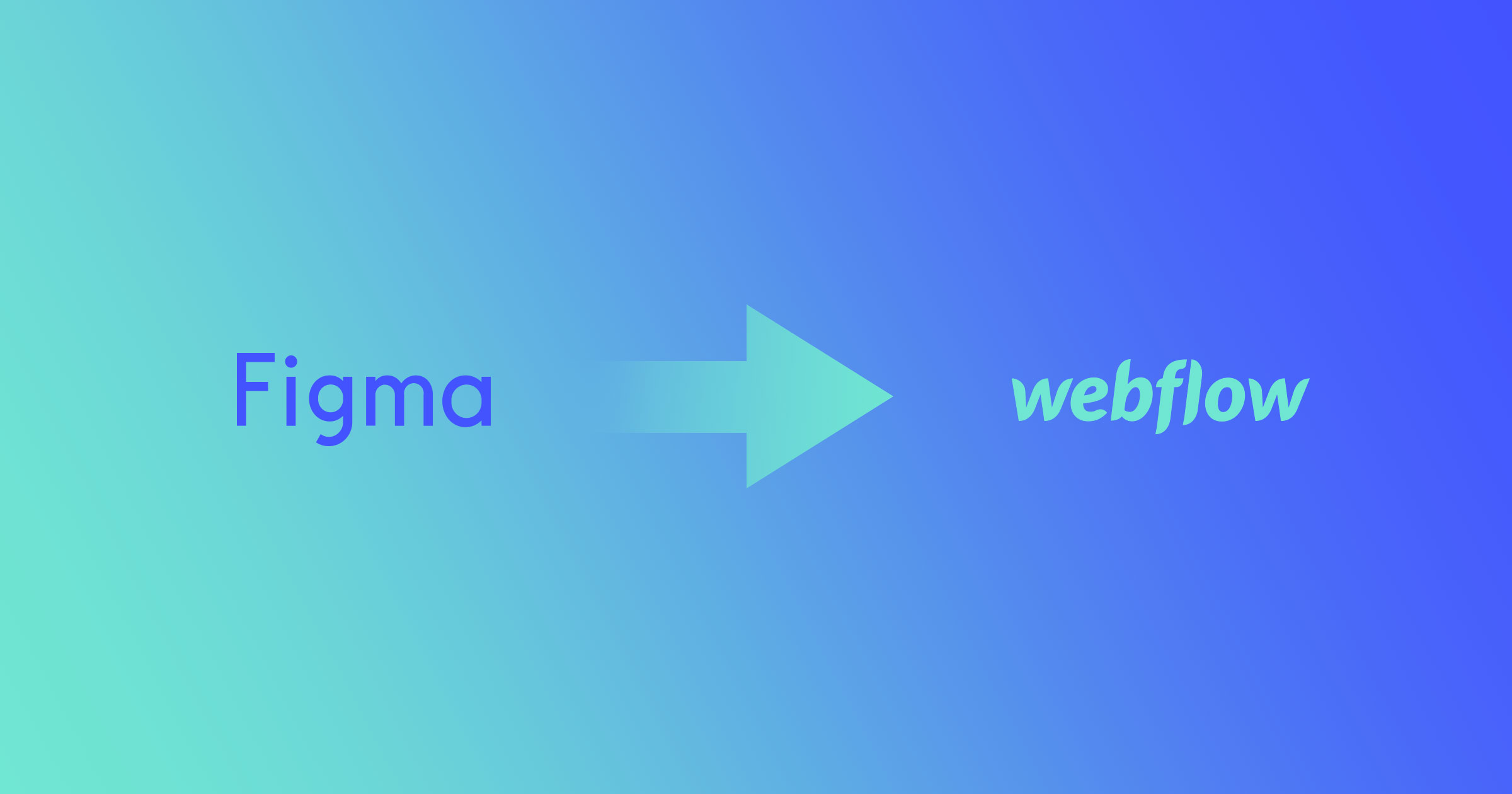Figma and Webflow are famous tools among professionals in site building. The most important thing is to organize the workflow in such a way as to apply their combination as efficiently as possible. These incredible instruments allow a Webflow developer to make beautiful and functional Internet pages.
Webflow Benefits
Webflow is a famous builder, providing an opportunity to construct a resource without direct programming and the involvement of other specialists:
- User-friendly environment: you relocate blocks with your mouse.
- A wide choice of ready-made themes and Webflow integrations to boost the site creation process.
- Provides advanced editing functions for more complex design challenges.
- Complete set of options for hosting, analytics, and e-commerce.
- A single solution for creating and managing web resources.
- Allows to produce efficient, visually appealing pages without excessive effort.
- An excellent option for people with no programming or technical skills.
Using Figma Designs
Previously, the export was complicated by technical problems and consisted of many manipulations. Now the developers have introduced a handy Figma to Webflow plugin. It helps to insert the project made in Figma into Webflow, which is quite quick and convenient.
The plugin has two main features, layouts and structures, which allow you to construct an incredible site in Figma that requires almost no additional editing before exporting.
Layouts
As the name suggests, this is a collection of pre-made layouts and wireframes you can add to Figma and edit to suit your needs and desires.
This feature greatly simplifies the task because Auto Layout already organizes the whole design, and you don’t have to make something about it. In the future, the creators of the plugin promise to add more valuable options to make life easier for us.
Structures
Structures are frames or containers inside which layouts will be added. If you are familiar with the basics of this platform, you will quickly get what we are talking about. The structure includes columns and rows like in HTML: columns, rows, tables, etc.
Export Process
The whole procedure takes place in three stages:
- Create a design using Auto Layout. You must use this feature in preparation process for the plugin to work correctly. Remember the Layouts section of the plugin because all the wireframes inside it are based on Auto Layout.
- Rename layers. Take the time to name all layers appropriately, as the plugin will convert these names to Webflow classes.
- Exporting the design. After that, you need to copy the project, select the frame, select the project you want to export to, and paste (CTR+V or CMD+V) it into the body section.
Conclusion
As you can see, everything is straightforward. Figma is a popular graphics editor ideal for highly detailed prototypes, templates, and wireframes. At the same time, this service allows you to make beautiful sites without programming and learning technical skills. Now you can use two powerful website-building tools simultaneously and benefit from both. Thanks to the plugin, exporting will take little time and will not cause problems.
